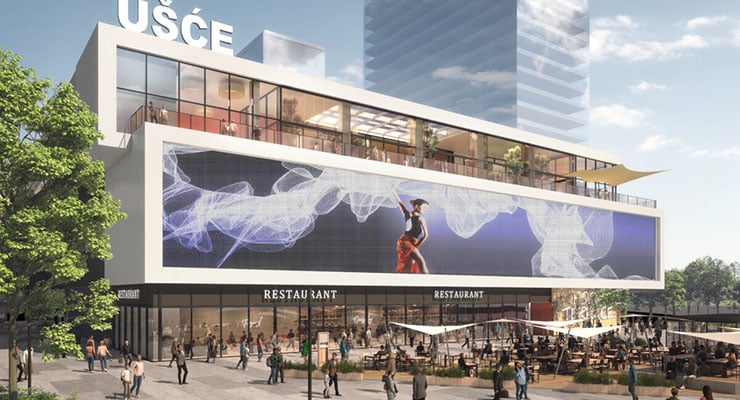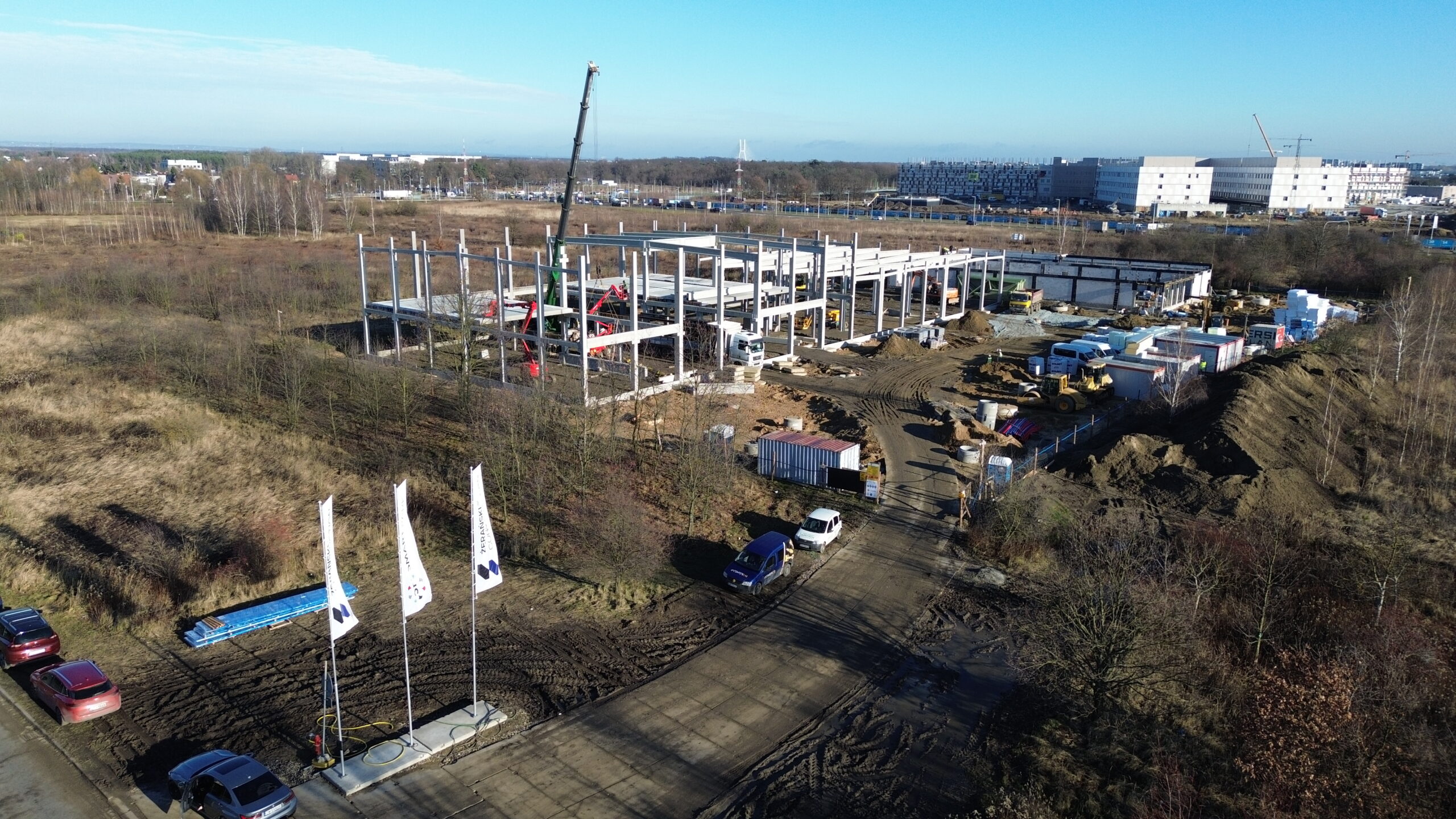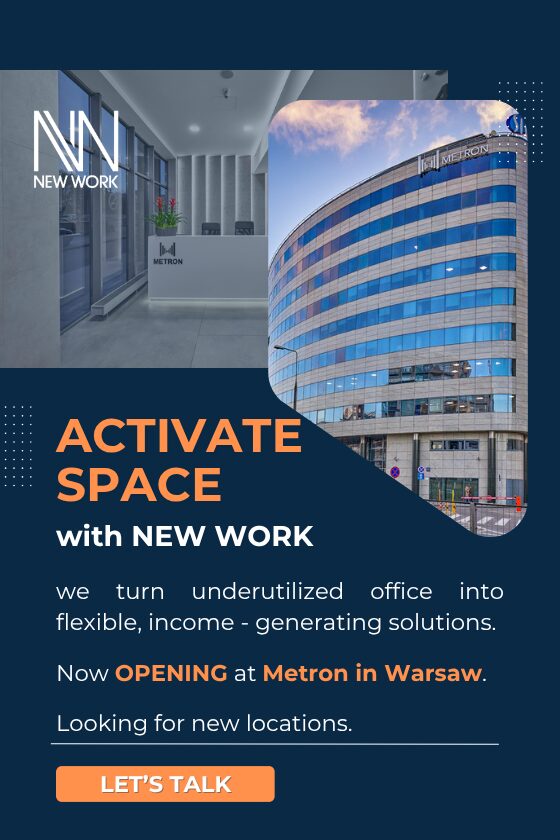EXTRACT FROM: Retail Parks and Convenience Centres Investment Market Report prepared by Avison Young and the Polish Council of Shopping Centres (PRCH), with contributions from leading legal and financial experts – Squire Patton Boggs and Sustainable Investment Forum Poland (POLSIF).
The retail park market in Poland began in the 1990s, following the political changes of that era, with the first properties developed in the late 1990s. Early developers established retail parks on the outskirts of major metropolitan areas, creating initial retail destinations that were often complemented by nearby commercial developments.
Over the next two decades, the development of retail parks evolved at varying rates. By the end of 2019, the Polish market had 1.5 million sqm of retail parks exceeding 5,000 sqm in gross leasable area (GLA). However, the COVID-19 pandemic marked a significant turning point for the sector. Retail parks gained prominence due to their structure, which allowed them to remain largely unaffected by restrictions and closures. Unlike traditional shopping centres, retail parks typically feature premises with direct access to parking lots and lack common indoor areas, making them more adaptable to health and safety guidelines.
Following this shift, changes in consumer shopping habits and investor sentiment led to a significant boom in retail park development. Between 2020 and 2023, supply increased by an additional 1.1 million sqm of GLA, with 180,000 sqm added in the first half of 2024. The pipeline for the second half of 2024 is projected to deliver another 300,000 sqm. Looking ahead, investors plan to deliver around 500,000 sqm of new space in 2025, marking a record high for new completions in Poland’s retail park market.
Since 2020, the development of retail parks in Poland has accelerated, with no signs of slowing down. However, as the Polish retail market matures, over 70% of new projects completed since 2020 have been between 5,000 and 10,000 sqm of GLA. Investors have focused on smaller cities, particularly those with populations under 50,000, where modern retail offerings are still underdeveloped. Of these smaller retail parks, 68 were delivered in such towns. Larger retail parks, ranging from 10,000 to 20,000 sqm, accounted for 32 percent of the new stock, while only eight projects, sized between 20,000 and 40,000 sqm, represented 15 percent of the new supply.
Poland currently has 260 large retail parks (each with over 5,000 sqm of GLA), totalling 2.9 million sqm. The rapid growth of this format has doubled its share of modern retail space in Poland to 18 percent, up from just 9 percent in 2010. Furthermore, more than 80 percent of the modern retail space under construction in Poland is being developed in the retail park format.
In recent years, most retail parks have been smaller, approximately 5,000 sqm, either complementing existing retail landscapes or introducing modern retail schemes to smaller towns. However, a shift toward larger developments is becoming evident, with 35 larger retail parks (GLA over 5,000 sqm) currently under construction or undergoing expansion, including 13 projects exceeding 10,000 sqm.
The largest retail park under construction is Osada in Żyrardów, which will offer 33,000 sqm of GLA. Retail parks with more than 10,000 sqm of GLA now account for 57 percent of the new retail space being developed in this category, highlighting a growing trend toward larger-scale retail park projects in Poland.
Larger-format retail parks have emerged as strong alternatives to traditional regional shopping centres by offering tenants lower operating costs and enabling them to expand into markets that were previously unattainable. Their efficiency and consumer appeal have attracted operators who typically focused on conventional malls but are now increasingly venturing into retail parks. This trend includes a diverse range of tenants, particularly in the economy fashion sector, as well as gastronomy, service providers such as gyms and play areas, and even childcare facilities, broadening the appeal and functionality of these retail spaces.
A dynamic increase in the supply of smaller retail parks and everyday convenience shopping centres, ranging from 2,000 to 5,000 sqm, continues to be observed. This reflects the growing appeal of this format within the Polish market, with the total stock of such facilities estimated at 1.1 million sqm. The rapid expansion, particularly in towns with populations of 10,000 to 50,000 residents, is encouraging retail chains—previously absent in smaller schemes—to consider entering these locations. In larger urban areas, the growth of the convenience format aligns with the 15-minute city concept, which aims to provide access to essential services and shops within proximity.
In recent years, the interest of investors, developers, and tenants in retail parks and smaller convenience centres designed for quick, everyday shopping has remained strong. The substantial development of new convenience facilities and retail parks continues to attract core investors seeking stable, long-term investment opportunities with extended WAULT periods.







